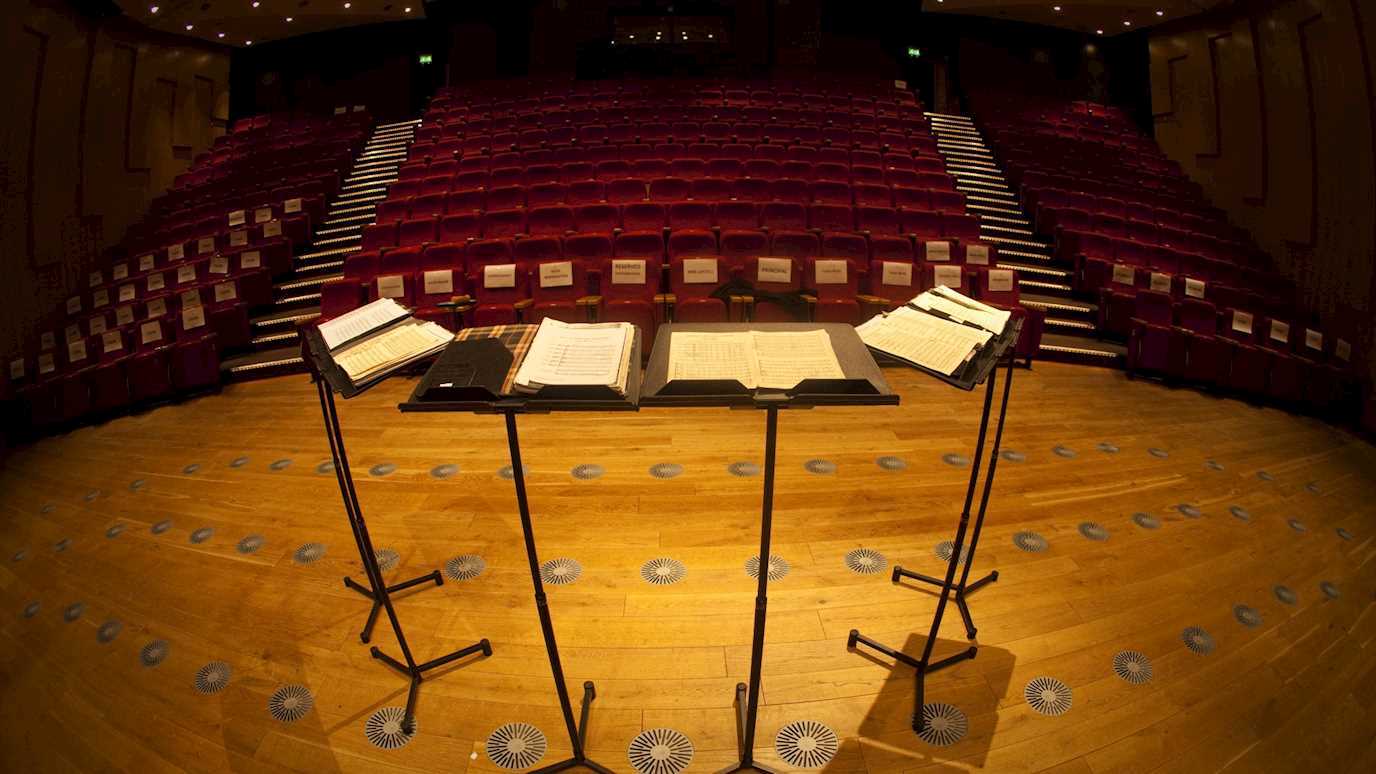Classical Art Music in the 21st Century – Sally Beamish: Opus California (String Quartet No. 2, 1999)
by Professor Mark Bowden, Department of Music, Royal Holloway University of London
Context
Commissioned by The Brodsky Quartet.
First performance: Brodksy Quartet, Cabot Hall, Canary Wharf, London, 8th March 2000
1. Boardwalk
2. Golden Gate
3. Dreams before Lullabies
4. Natural Bridges
Sally Beamish was born in London in 1956. She worked for ten years as a professional viola player, including as principal viola with the London Mozart Players. After having her first child, she moved to Scotland and began composing full time.
Beamish was commissioned to write her second string quartet by the Brodsky Quartet, who were putting together a set of works inspired by Beethoven’s String Quartets Nos. 1–6, Op. 18, composed between 1798 and 1800.
Just before starting to compose the work, Beamish had travelled to a music festival in Santa Cruz, California, and experienced a range of 20th-century American music. She describes how the “directness and honesty” of the music she heard, and the warm reception of the Californian audiences, influenced her own quartet.
Beamish chose the first movement of Beethoven’s String Quartet No. 4 in C minor as, which she played as a teenager, as a starting point for her own piece. Beamish describes how “the rich, dark harmonies” of the Beethoven fascinated her and credits the piece with opening up the world of chamber music to her.
Beamish uses musical material from the Beethoven movement as the starting point for each of the four movements of her own quartet. She describes her quartet as “a light-hearted angle both on the Beethoven and on the American experience.”
Key Ideas
Composers have often been inspired by other composers’ music when writing their own music. For example, a composer might take a melody written by another composer as the basis for a set of variations. But the practice of transforming themes of another composer’s music, as Beamish does in Opus California, is a more recent phenomenon.
The original themes from the Beethoven quartet are still recognisable in Beamish’s piece, but they are transformed into something new. The syncopated rhythms of the first movement suggest a jazz-inspired soundworld whereas the repeated chords of the final movement create a driving energy.
Beamish uses the quartet in ways which Beethoven might have been quite familiar, only employing a small number of playing techniques developed since the 1800s. However, the varied textures and her idiosyncratic approach to harmony places this work firmly in the twentieth century.
Things to Listen For
Movement 1 Boardwalk
This movement describes beachgoers “strutting their stuff along the boardwalk in Santa Cruz” The music is cast in a broad ternary form comprising an opening A section, a development B section, and a reprise of the A section. The musical material is based on the first theme of Beethoven’s String Quartet No. 4 Op. 18. Beamish uses Beethoven’s harmonic material to create her own progressions, loosely based in C minor, and transforms the first violin melody with the use of octave displacement to create a fragmented line which passes around the quartet. The syncopated rhythms suggest a jazz- or pop-like energy to the movement. Listen out for the pizzicato portamenti in bars 26 and 28 before the middle section begins. Here, Beamish uses series of repeated seventh chords to create a driving energy whilst the first violin plays a singing melody over the top. The pizzicato portamenti idea is taken up again and developed in the cello part in bars 40 and 42.. In bar 46, Beamish brings us back to the opening music, although now in the related key of G minor.
Movement 4 Natural Bridges
This movement is named after a popular Californian beach with spectacular rock formations. It has a more complex structure with two different musical ideas alternating throughout the movement. The musical material is based on ideas from the second bridge passage of Beethoven’s quartet, but are less obviously alluded to in this movement than they are in the first. The first idea begins as a rising triplet figure in the viola spanning a tritone over a repeated C pedal in the cello. The second idea beginning at bar 16 features repeated chords based on simultaneous major and minor 3rds. A passage featuring repeated harmonics from bar 33 to bar 40 leads to a cadenza for the first violin beginning in bar 43. The cadenza develops the rising viola figure of the first section before the two different types of material from the beginning return and culminate in a reference to the opening of the first movement, closing the whole work on a unison C.
Other Resources and Further Listening
Composer’s website: https://www.sallybeamish.com/single-post/2018/08/24/string-quartet-no-2-opus-california
Performance of first movement by the Aurea Quartet: https://www.youtube.com/watch?v=d9jp66Z5TZs
Performance of whole quartet with Sally Beamish playing the viola! https://www.youtube.com/watch?v=Byhi6hQbW-w
Sally Beamish features on Composer of the Week with Donald Macleod: https://www.bbc.co.uk/programmes/p021l9sk
Santa Cruz Beach Boardwalk: https://beachboardwalk.com
Natural Bridges State Beach website: https://www.parks.ca.gov/?page_id=541






















